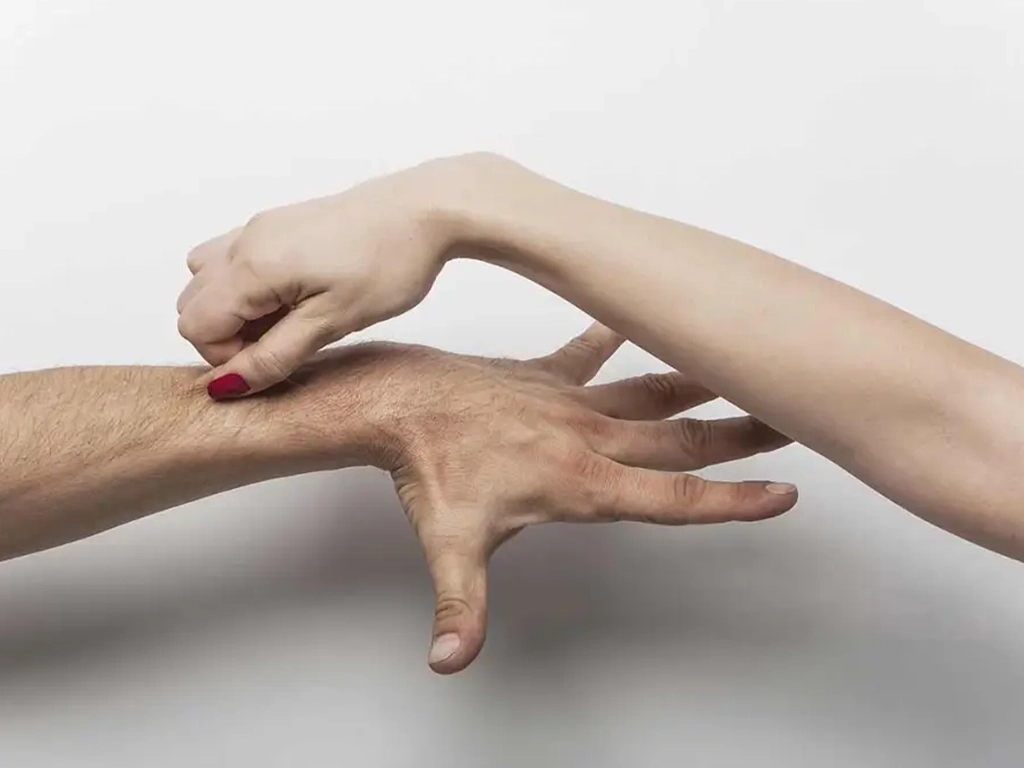Pinching behavior is a common challenge faced by individuals with autism, often manifesting as a response to sensory, communication, or emotional issues. In this comprehensive guide, we will delve into the intricacies of autism pinching behavior, exploring its triggers, effective management strategies, and the role of various interventions like ABA therapy.
Understanding Autism Pinching Behavior: A Complex Interaction
Autism pinching behavior is multifaceted and can stem from various factors, such as sensory overload, communication difficulties, or changes in routine. It is crucial to identify the triggers to develop effective strategies for managing this challenging behavior.
Identifying Triggers for Autism Pinching Behavior
One of the initial steps in managing pinching behavior is to identify triggers. Common triggers may include sensory overload, changes in routine, anxiety, or stress. By understanding these triggers, caregivers and professionals can develop tailored interventions to address the root causes of pinching.
The Role of Sensory Input and Integration in Autism Pinching
Sensory input plays a pivotal role in autism pinching behavior. Individuals with autism may resort to pinching as a coping mechanism to regulate their sensory experiences. Incorporating sensory integration techniques, such as deep pressure and the use of fidget toys, can help reduce the occurrence of pinching.
Effective Strategies for Managing Autism Pinching Behavior
Numerous strategies can be employed to manage pinching behavior effectively. ABA therapy, or Applied Behavior Analysis, is a widely recognized and evidence-based intervention that focuses on teaching alternative communication methods, social skills, and positive behaviors. Positive reinforcement, visual supports, and deep breathing exercises are also valuable tools in managing and reducing pinching incidents.
The Importance of Alternative Communication Methods
For individuals with autism who engage in pinching behavior, alternative communication methods play a crucial role. Social stories, augmentative and alternative communication (AAC) tools, and visual supports can help individuals express their needs and emotions in appropriate ways, reducing the reliance on pinching as a form of communication.
Collaborative Approaches: Caregivers, Professionals, and Individuals with Autism
The journey to manage pinching behavior requires a collaborative effort. Caregivers, family members, professionals, and individuals with autism can work together to develop effective strategies, establish clear boundaries, and create a supportive environment. Seeking professional help, such as from an ABA therapist, can provide valuable insights and guidance in this process.
Enhancing the Quality of Life: Beyond Pinching Behavior
Addressing autism pinching behavior is not just about managing the behavior itself but improving the overall quality of life for individuals with autism. Strategies for managing pinching can contribute to better social interactions, reduced stress, and improved well-being.
Conclusion: Navigating the Path to Effective Pinching Behavior Management
In conclusion, understanding and managing autism pinching behavior requires a holistic approach. By identifying triggers, implementing effective strategies, and seeking professional help when needed, caregivers and professionals can create a supportive environment that enhances the well-being of individuals with autism. Together, we can work towards reducing the occurrence of pinching behavior and fostering positive, alternative means of communication for a brighter future.






I don’t usually comment but I gotta state thanks for the post on this great one : D.
I surely did not realize that. Learnt some thing new these days! Thanks for that.
Just about all I can point out is, I don’t know what to comment! Except certainly, for the wonderful tips which are shared with this blog. I will think of a million fun strategies to read the reports on this site. I’m sure I will at last make a move using your tips on those things I could never have been able to touch alone. You had been so innovative to let me be one of those to benefit from your useful information. Please know how much I am thankful.